The partial collapse of the Carola Bridge in Dresden in September 2024 tragically demonstrated the importance of regular bridge inspections.
Fortunately, there were no injuries, but the incident highlights the consequences of undetected damage. Bridges are essential components of our infrastructure – their traffic safety and stability must be guaranteed at all times.
Only through careful and proactive inspections can risks be minimized and expensive repairs planned in a timely manner. But what is checked during an inspection according to DIN 1076, and how often does this structural inspection take place? We'll explain.
That is why regular inspection of bridges is important
Without regular inspections , damage to bridges can go undetected, increasing the risk of corrosion , material fatigue, and, in the worst case, collapse . Such incidents not only endanger human lives but also lead to significant economic losses and traffic disruptions.
Regular structural inspections allow potential weak points to be identified early on. This allows for timely maintenance measures that ensure the durability and stability of the bridge structures and thus safeguard traffic safety.
Information on DIN 1076 for bridge inspections
What is DIN 1076?
DIN 1076 is a standard that establishes guidelines for the monitoring and inspection of engineering structures in the road infrastructure sector. It defines the requirements for structural inspection and specifies inspection intervals and responsibilities.
How often is testing carried out according to DIN 1076?
The standard distinguishes between different types of testing:
- Main inspection: A comprehensive visual inspection of all components every six years.
- Simple inspection: A less detailed inspection every three years between the main inspections.
- Special audit: Additional audits on special occasions or in cases of specific suspicion.
In addition, there are annual inspections as simple visual inspections by the building management or the responsible authorities in order to detect obvious damage at an early stage.
Who is authorized to carry out bridge inspections according to DIN 1076?
Tests according to DIN 1076 must be carried out by qualified engineers or test experts . Often, specialized engineering firms, authorities, or organizations such as TÜV are responsible for this.
How does a building inspection according to DIN 1076 work?
What is checked during the inspection?
During the structural inspection, all relevant components of the bridge are examined, including:
- supporting structures
- warehouse
- Transitional structures
- pier
- Road surfaces
The structure is inspected for corrosion, cracks, deformations and other damage that could affect its stability.
How is the test documented?
The results of the test are documented in detail, including a description of the condition of all components, photographic documentation of any abnormalities, and an assessment of stability and durability.
What modern tools support bridge inspection?
Drones for bridge inspection: When are they useful?
The use of drones enables the inspection of hard-to-reach areas of a bridge without the need for complex scaffolding. They provide high-resolution images and videos that enable precise condition analysis. Especially for large engineering structures, drones offer an efficient and cost-effective complement to traditional methods.
Work platforms for bridge inspection: The best solution?
Mobile work platforms are essential for close-up inspections. They allow inspectors to access the components being examined directly and inspect them thoroughly. Renting work platforms offers flexibility and ensures that the right equipment is always available for the respective bridge inspection.
Depending on the structure and access situation, different types of platforms are used:
- Truck-mounted work platforms offer long reach and are flexible in use, especially for inspections on motorway bridges or large engineering structures.
- Articulated telescopic platforms enable precise overcoming of obstacles, ideal for hard-to-reach pillars or transition structures.
- Scissor lifts are stable and well suited for visual inspections of noise barriers.
- Crawler work platforms are specially designed for inspections beneath bridges and ensure safe testing of the load-bearing components.
Endoscopes and camera systems
Specialized camera systems are essential for hard-to-see components such as transition structures, cavities, or joints. Endoscopes and high-resolution cameras make it possible to detect and accurately document even the smallest damage. Digital image analysis allows changes to be compared over time, facilitating predictive maintenance.
Measuring instruments for material testing
Various measuring instruments are used to check the load-bearing capacity and condition of the components:
- Ultrasonic testing devices detect cracks and voids in concrete before they are visible to the naked eye.
- Coating thickness gauges measure the corrosion protection on steel to detect material fatigue at an early stage.
- Moisture meters help identify hidden water damage or leaks in the bridge structure.
Sensors for structural monitoring
Modern bridges are increasingly equipped with monitoring systems that continuously record measured values:
- Shock sensors monitor vibrations and stress caused by traffic and environmental influences.
- Strain gauges detect material movements and provide information about possible stresses or deformations.
- Automated systems send early warning signals when critical values change, thus minimizing the risk of unforeseen damage.
Rope access and climbing techniques
Aerial work platforms cannot always be used – for example, when bridges cross deep ravines or wide rivers. In such cases, specially trained bridge inspectors use rope access technology to directly inspect components. This method is particularly useful for piers, noise barriers, or difficult-to-access roadway undersides. Although rope access requires more time, it is often the only option for a detailed visual inspection when other means are not practical.
Conclusion: Consistently carry out bridge inspections according to DIN 1076
Regular bridge inspections in accordance with DIN 1076 are essential for the traffic safety and stability of our structures. The use of modern tools such as drones and aerial work platforms allows inspections to be carried out efficiently and thoroughly.
This is the only way to detect damage early and plan expensive maintenance measures in advance.
Engineers and contractors responsible for conducting bridge inspections can find the right access platforms for rent from us. We provide personalized advice and ensure that the right technology is available for every bridge inspection according to DIN 1076 – reliable, flexible, and ready for use nationwide.


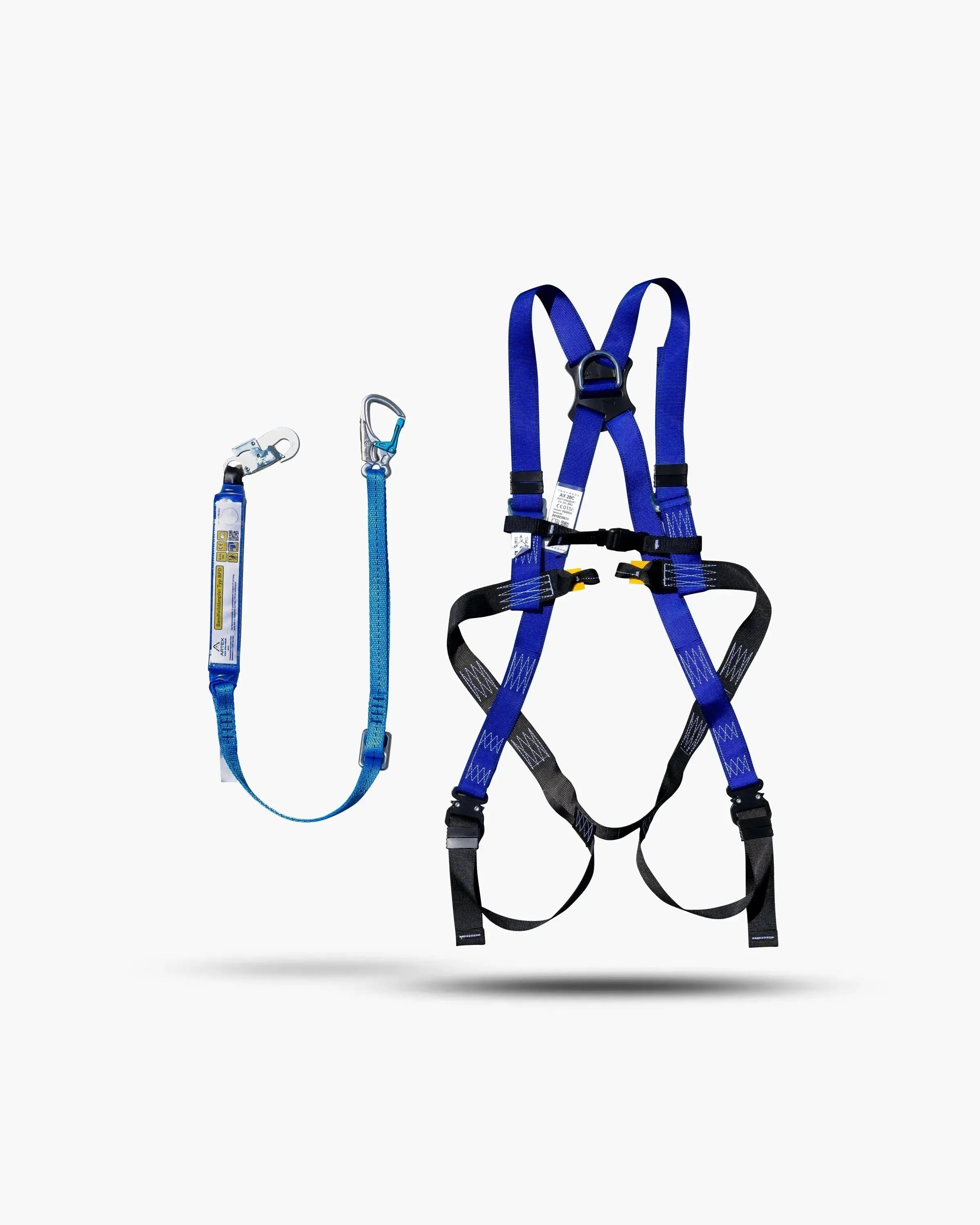


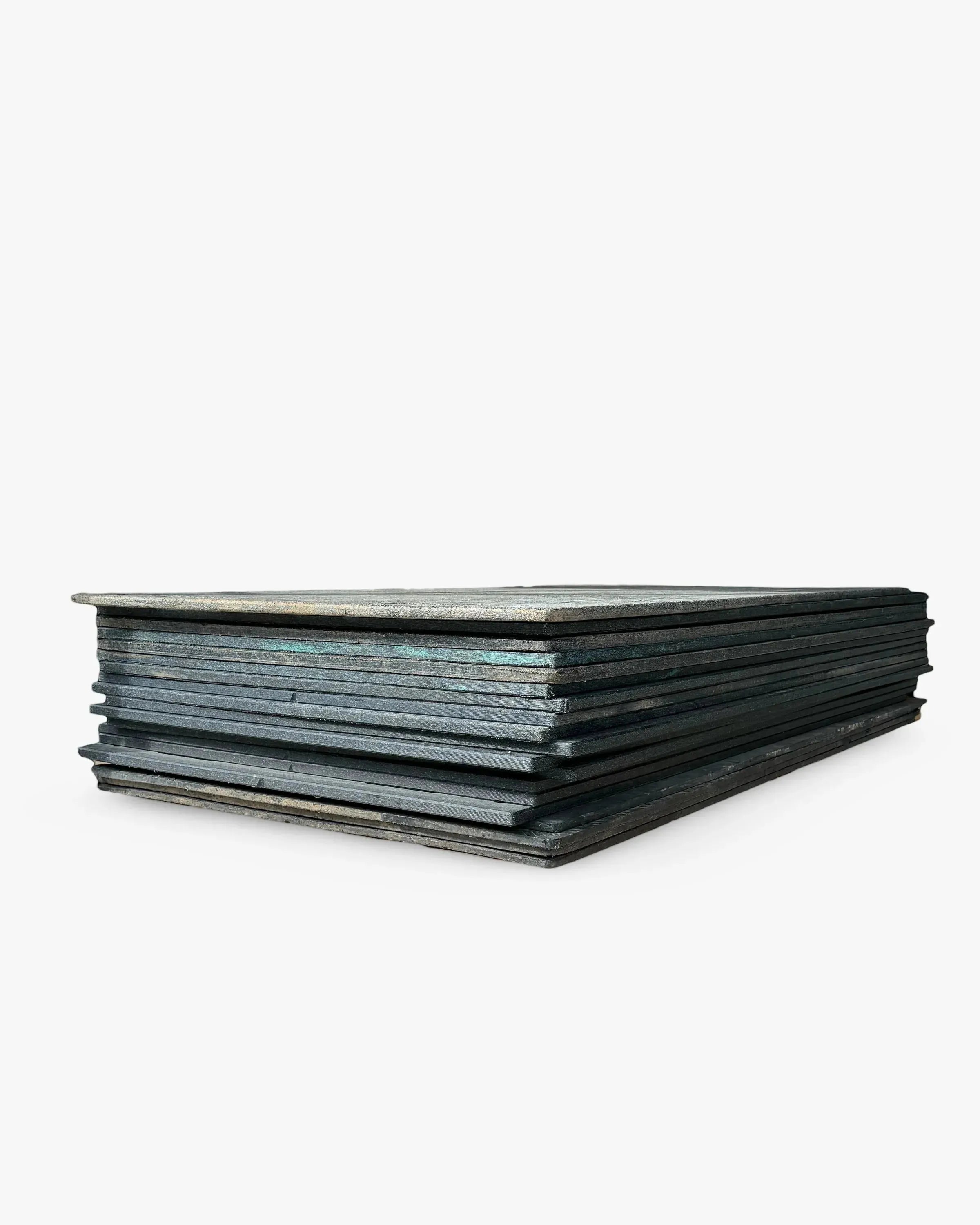

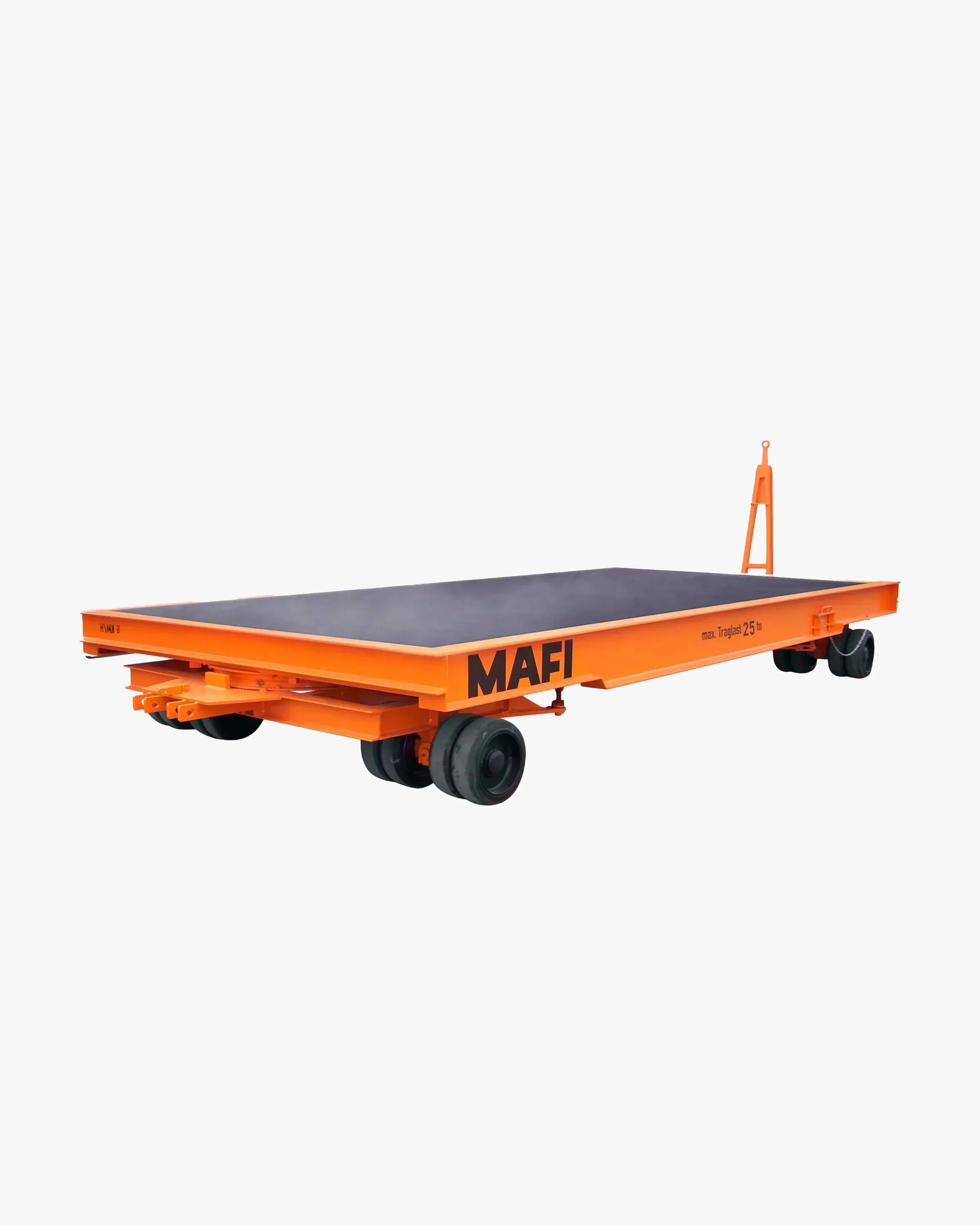
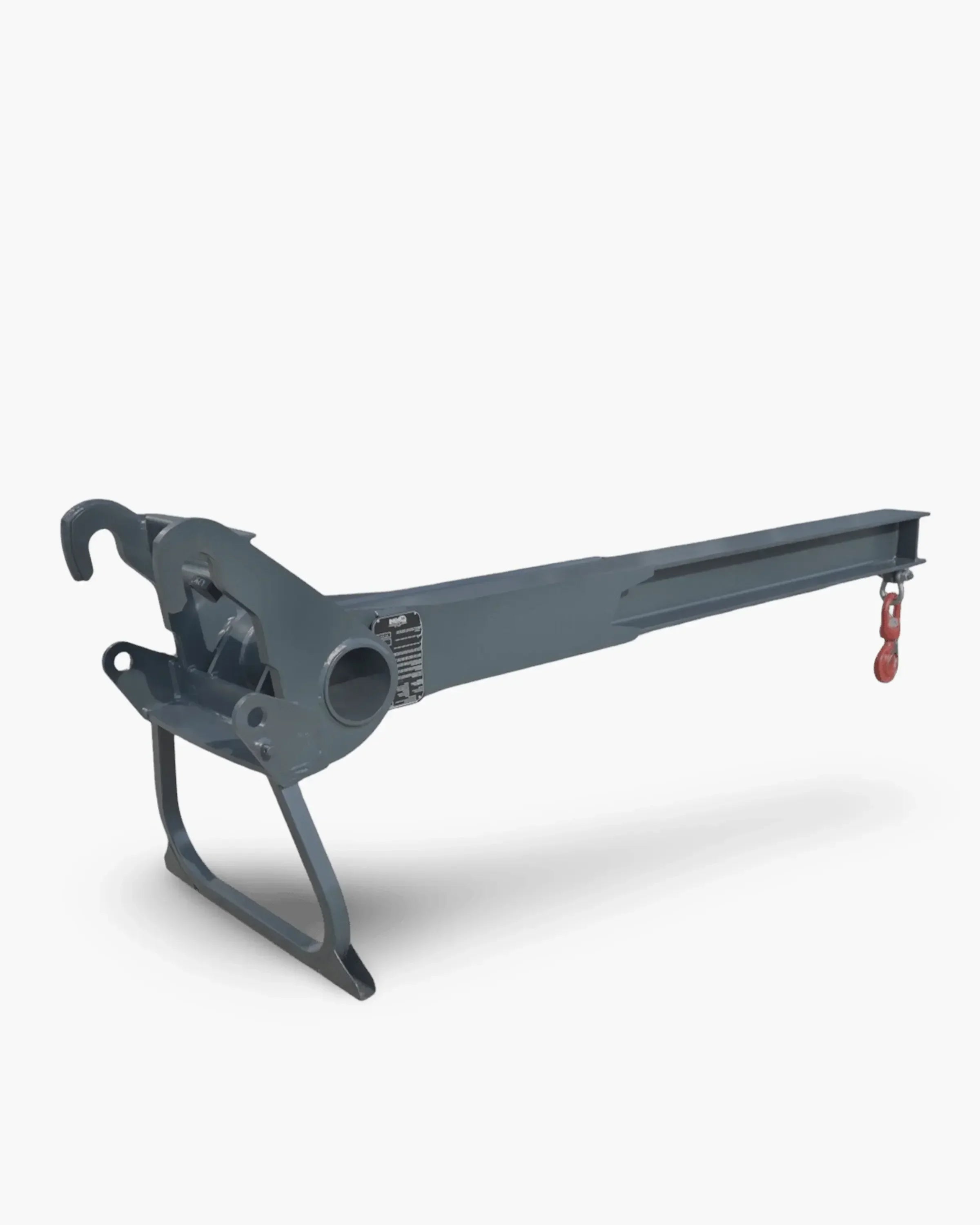
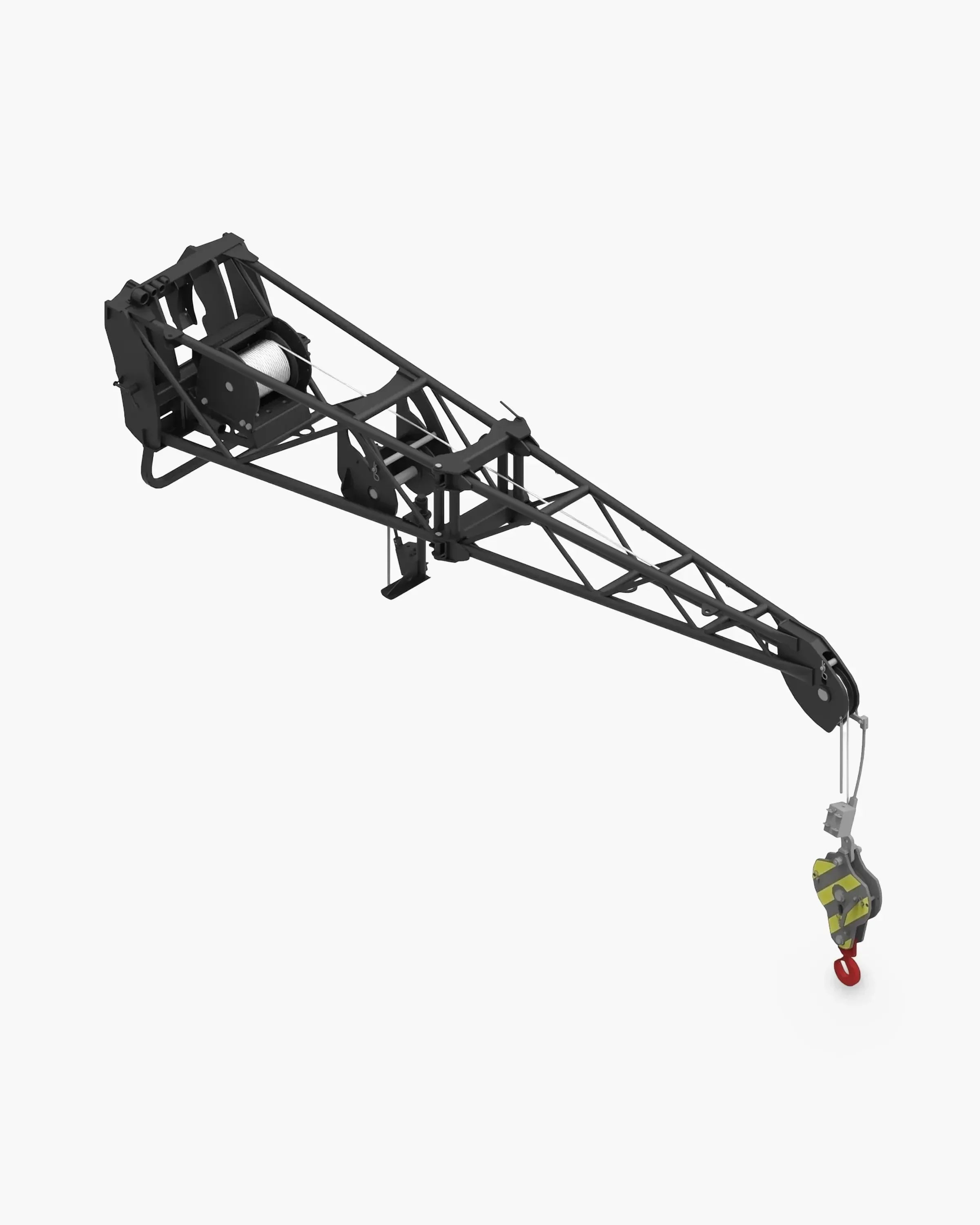
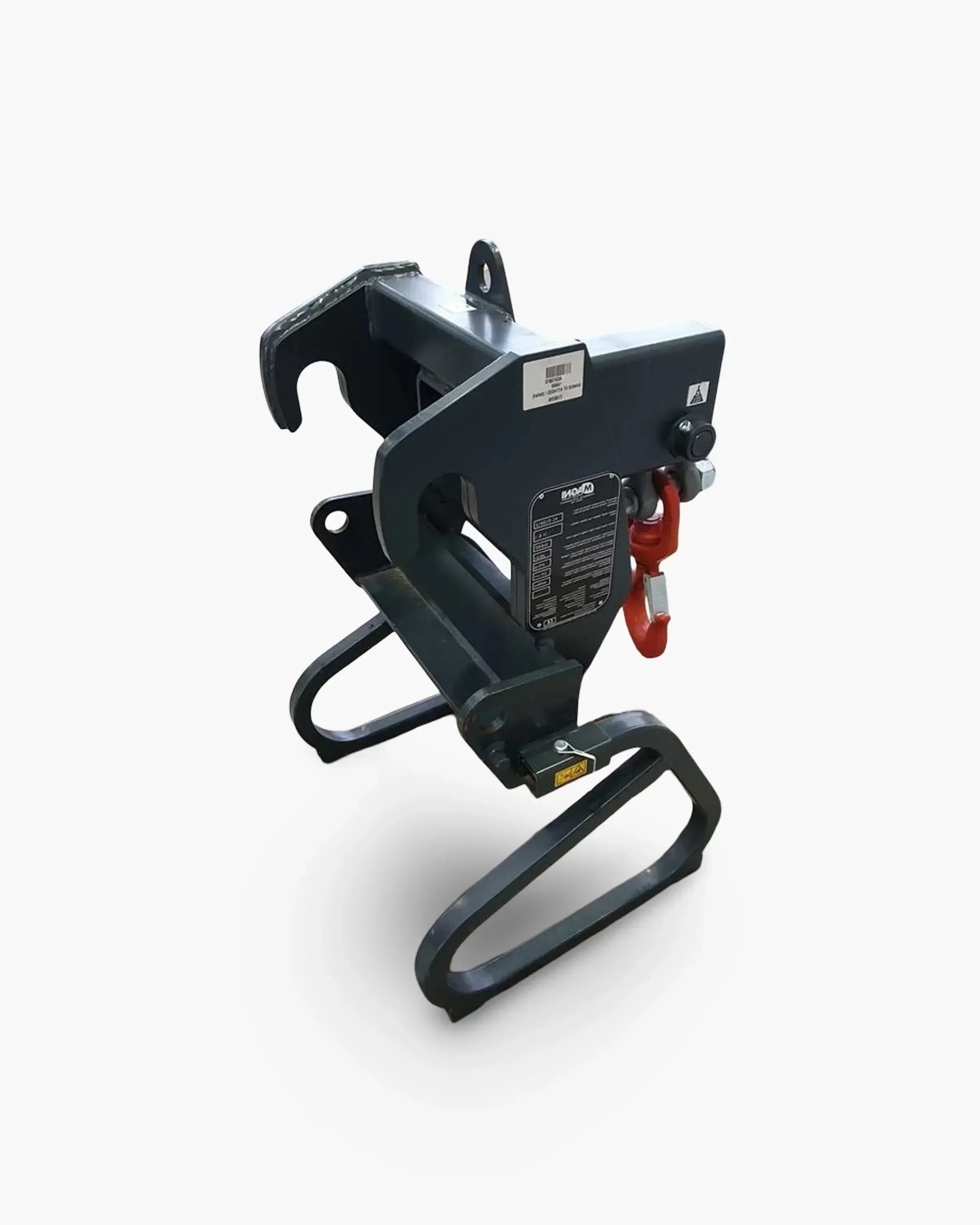

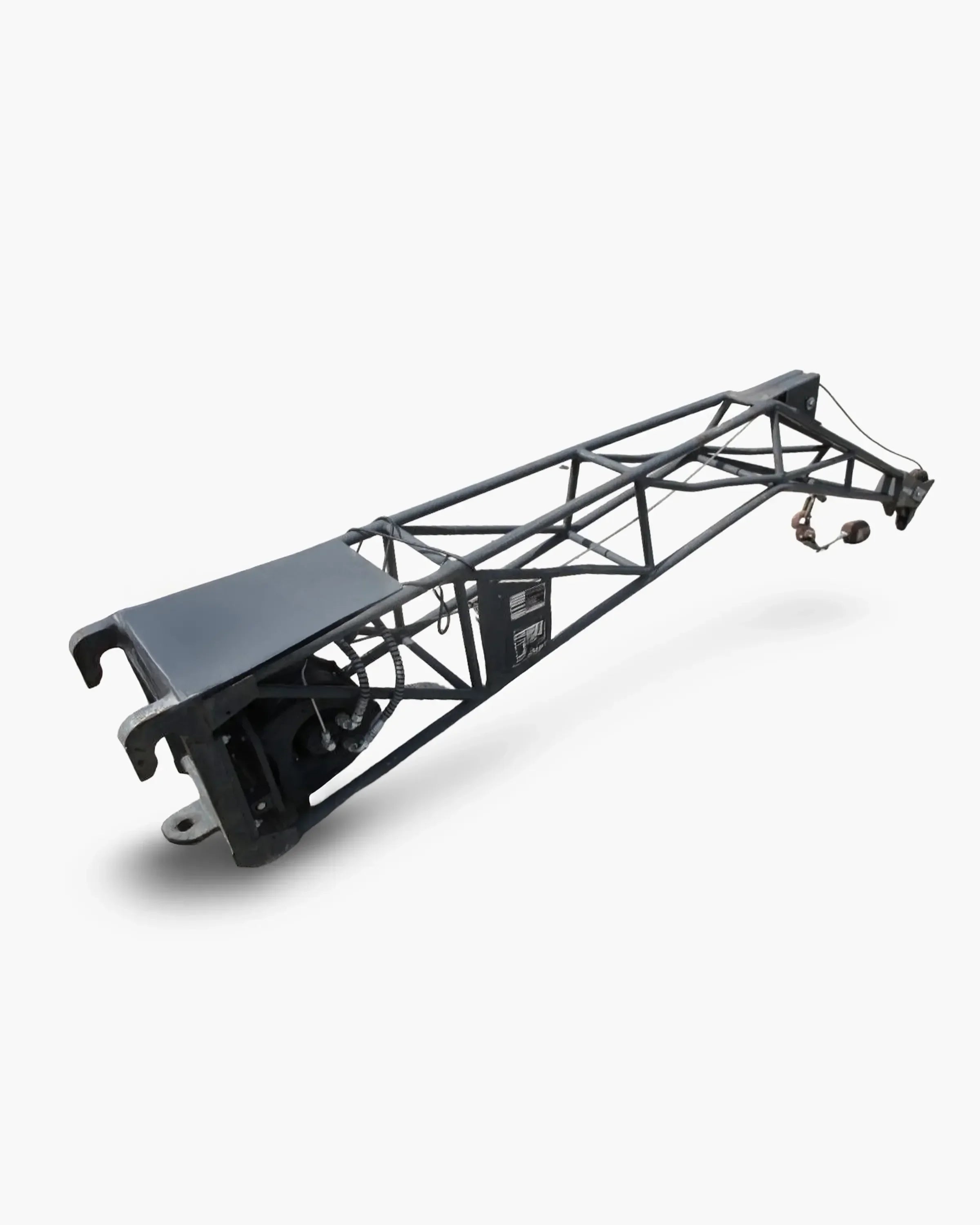
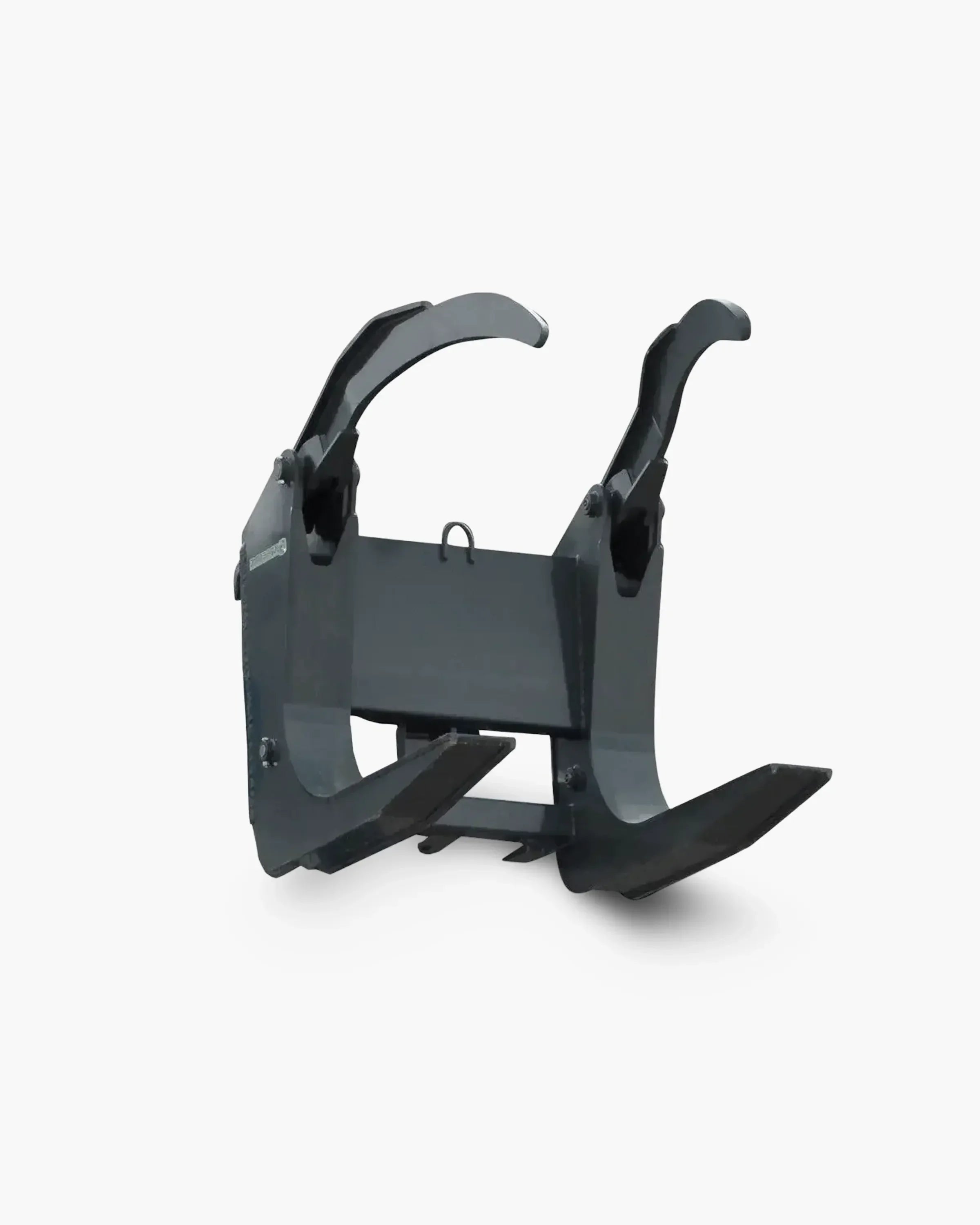
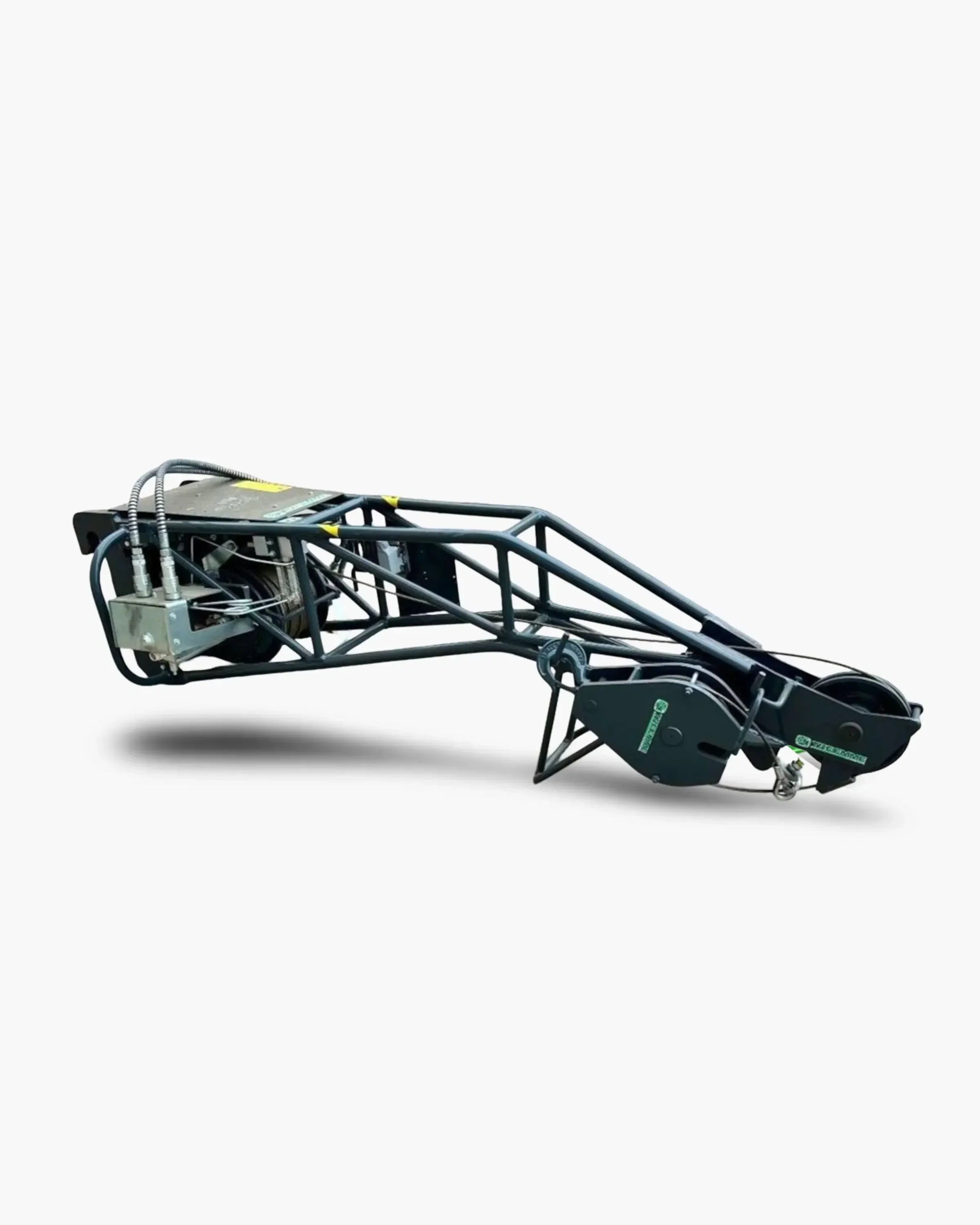

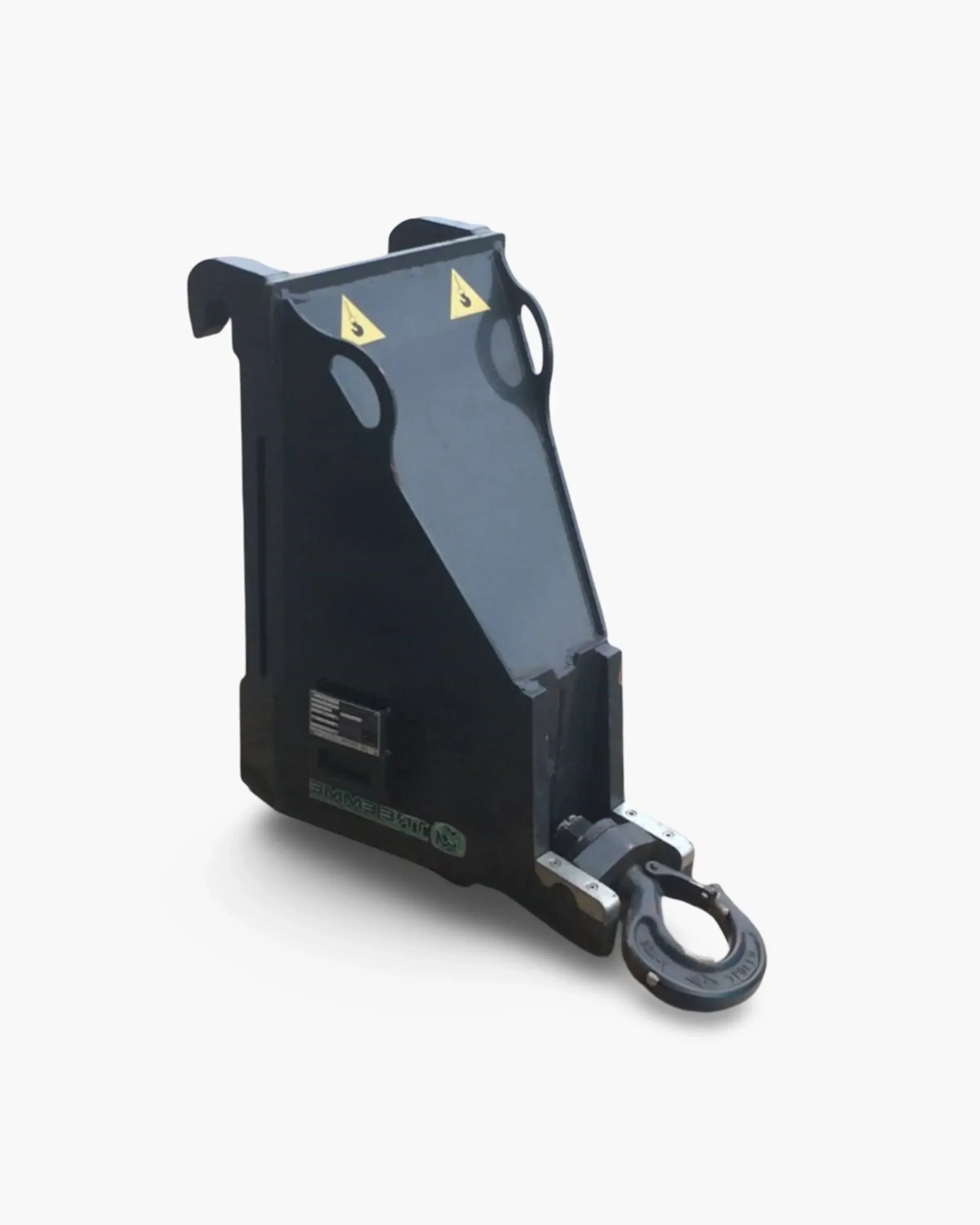
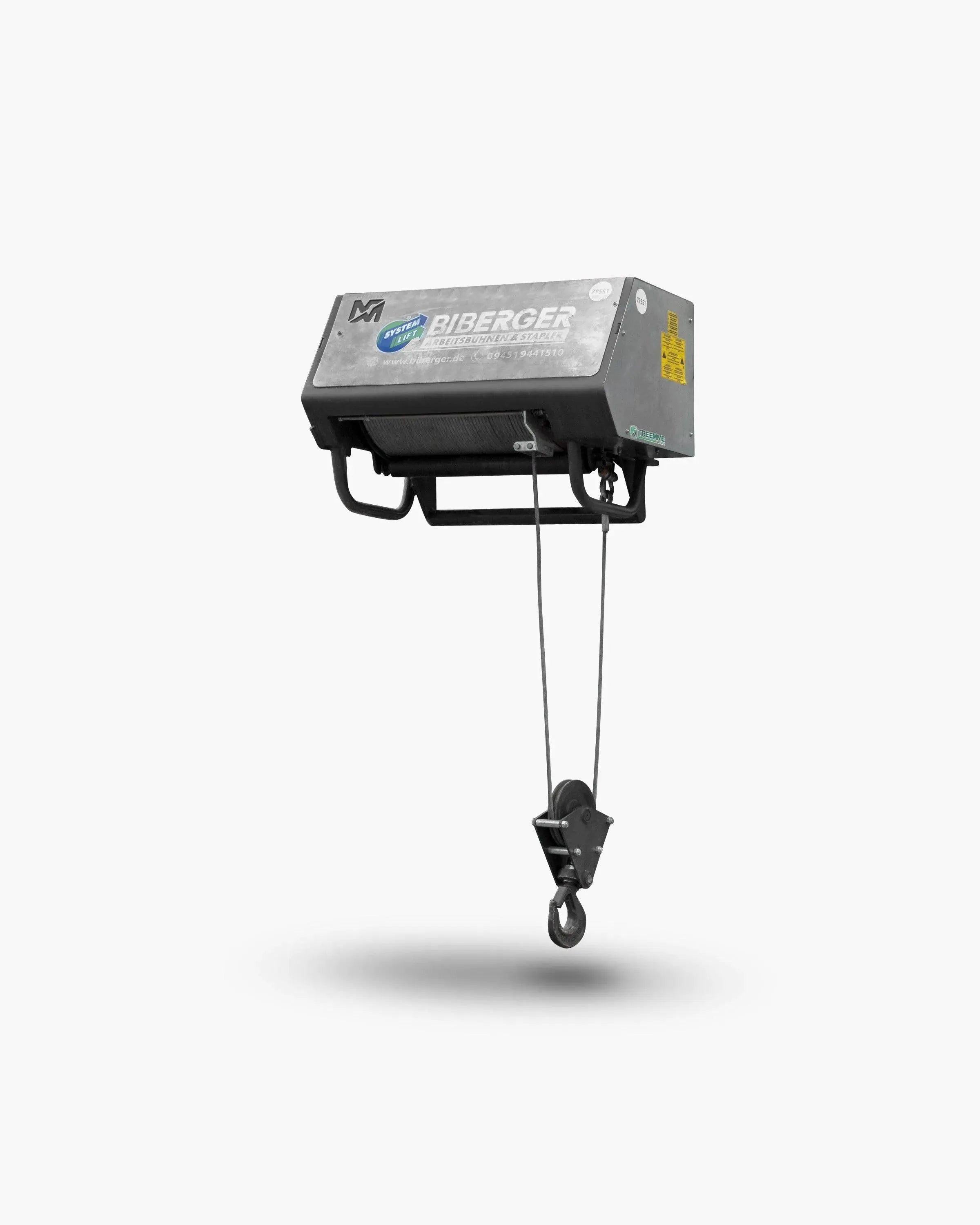
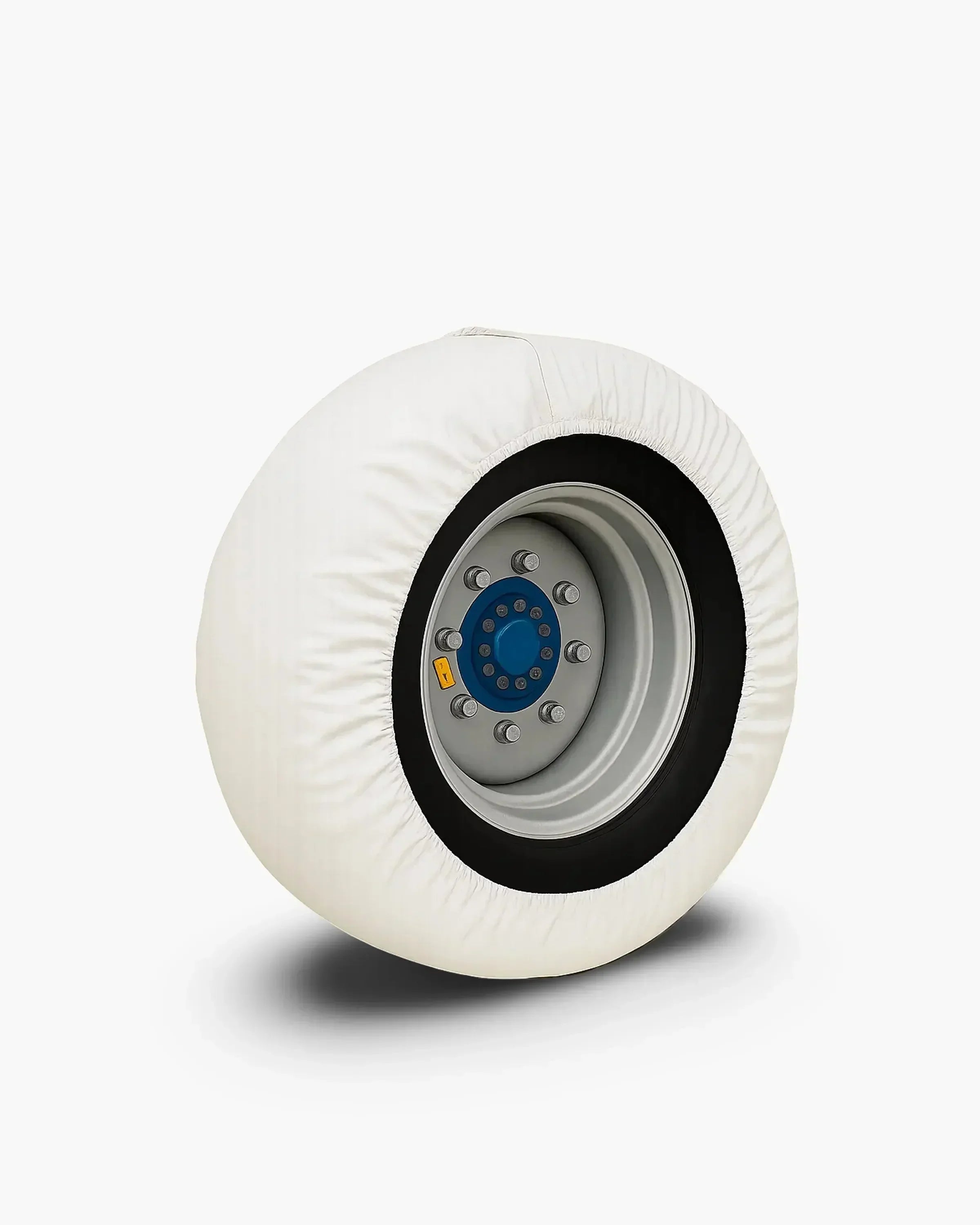


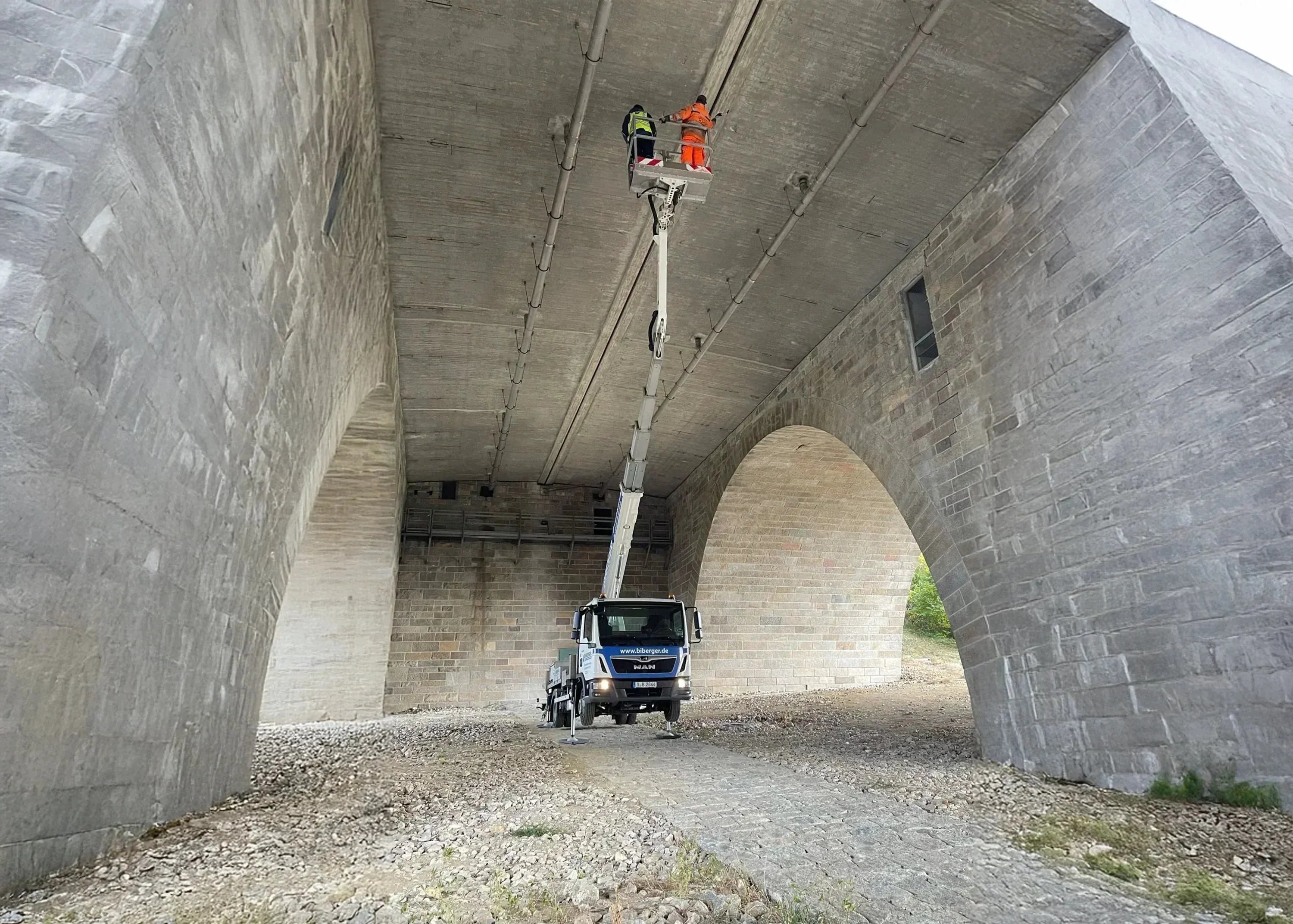

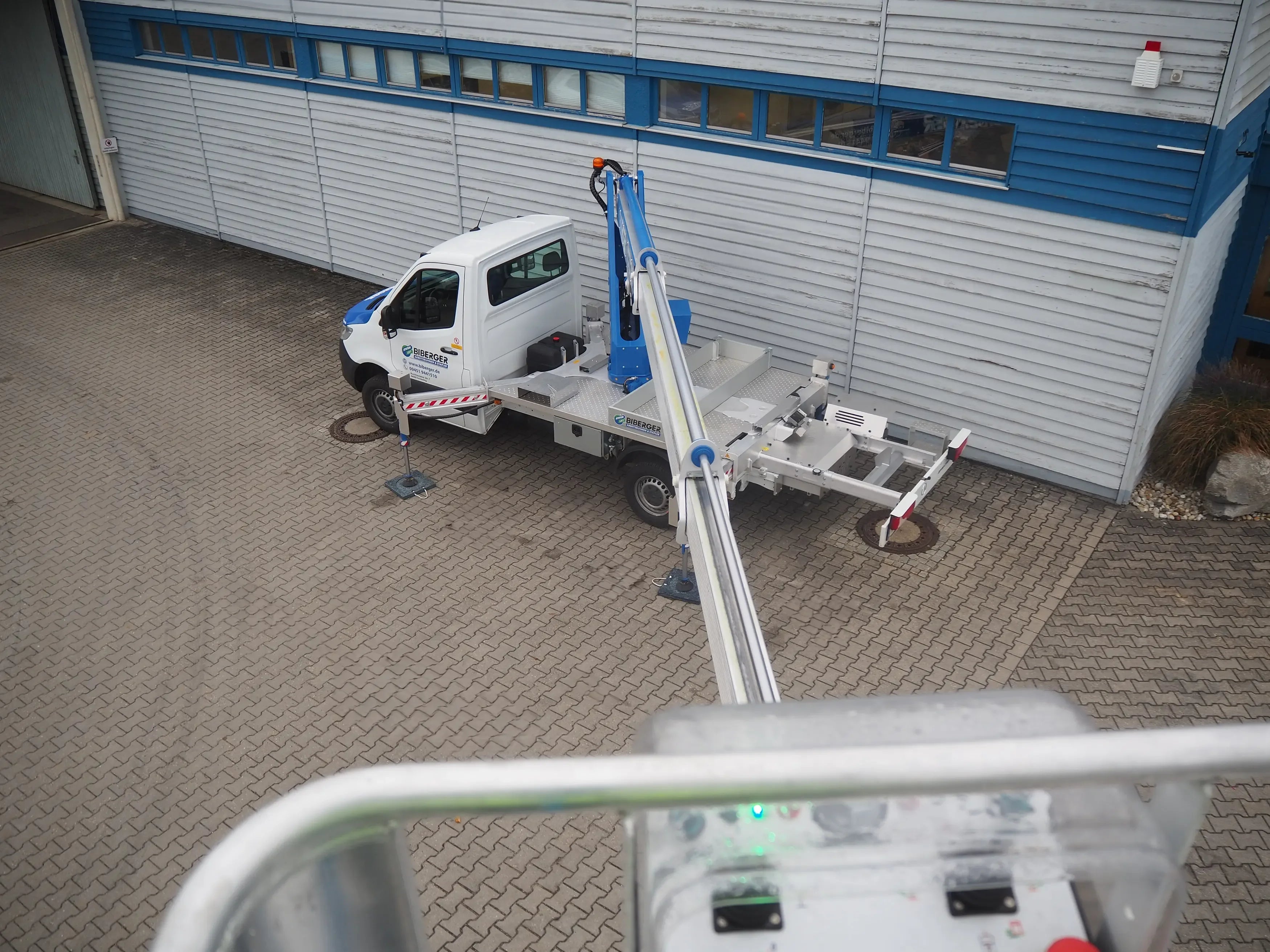
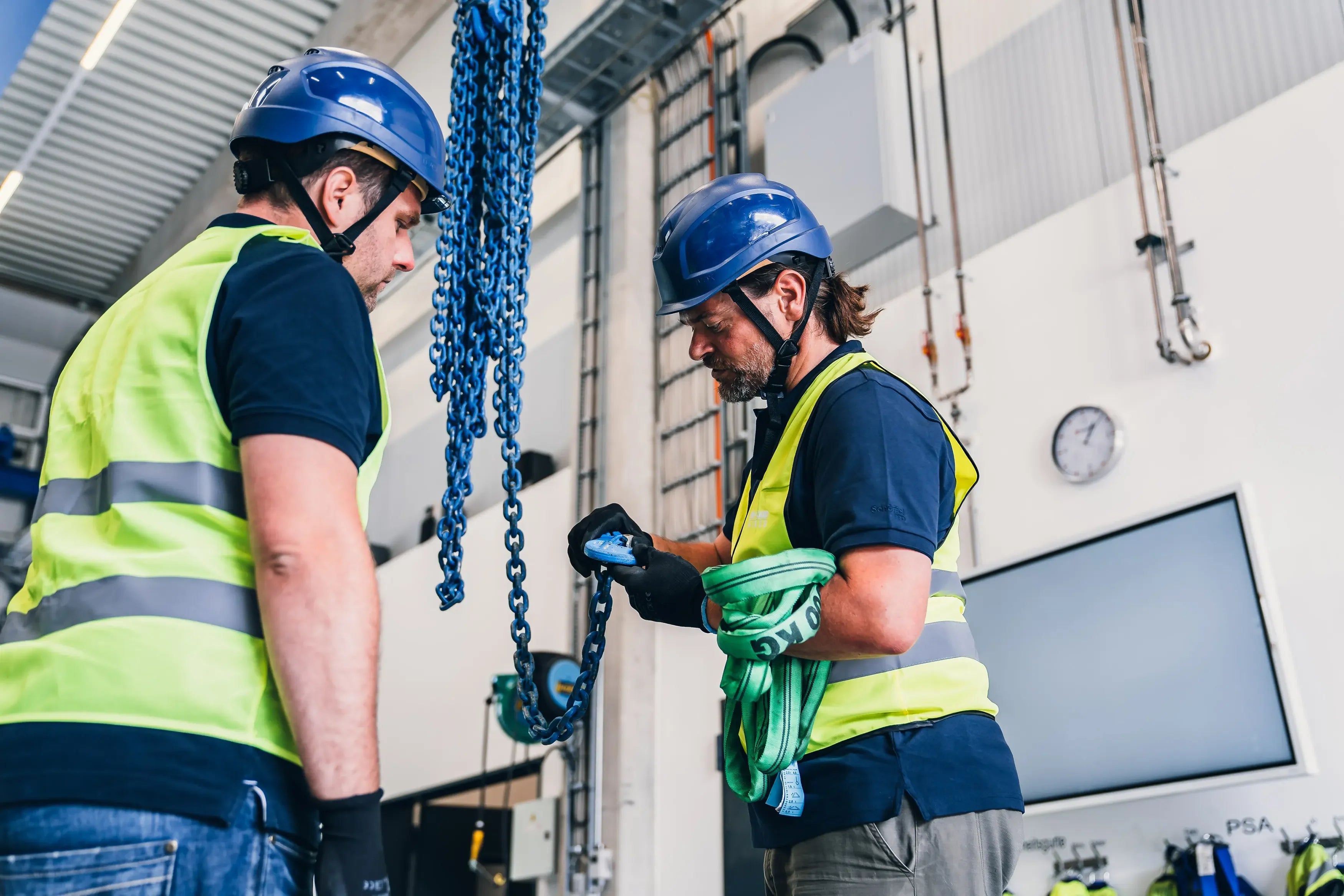
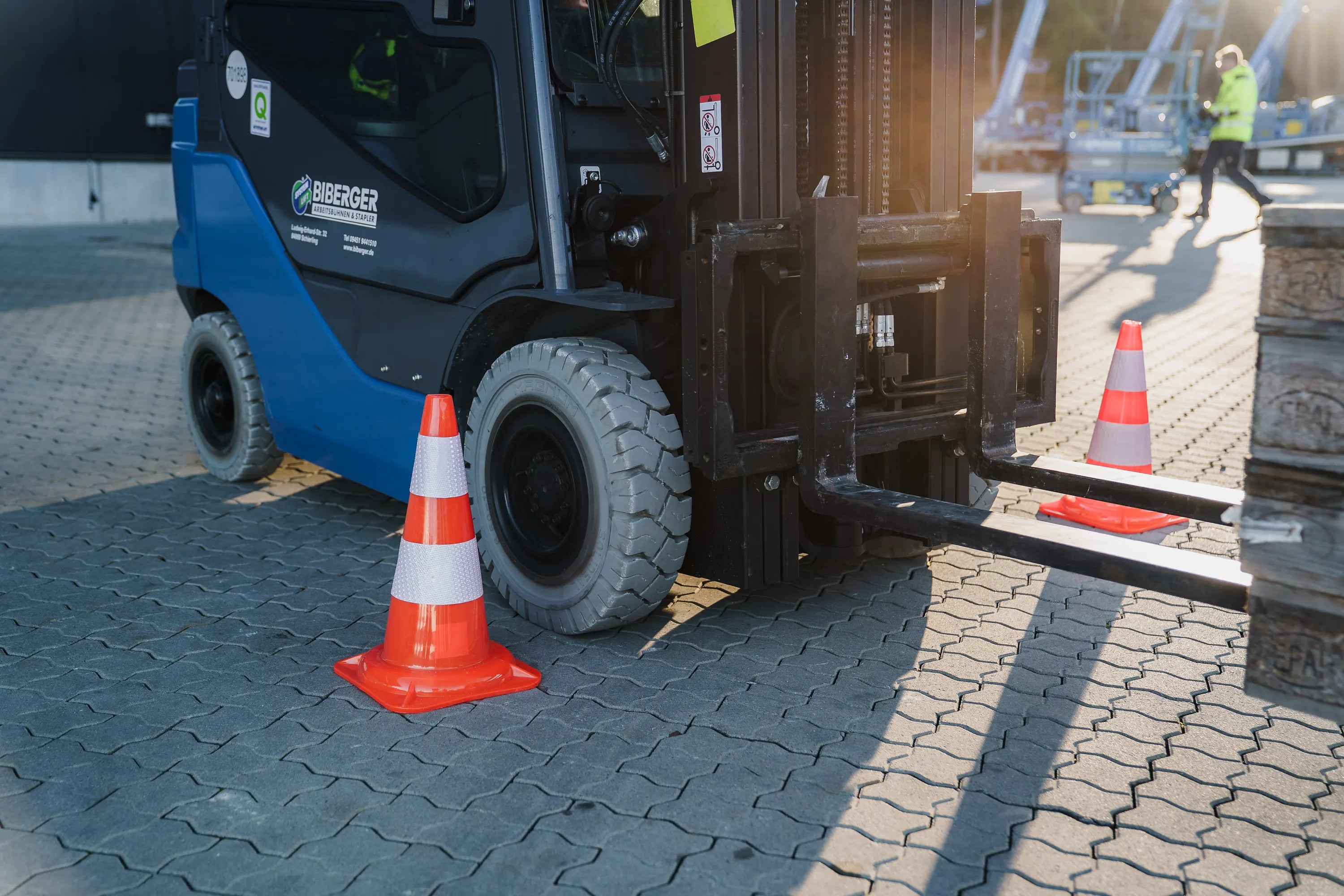
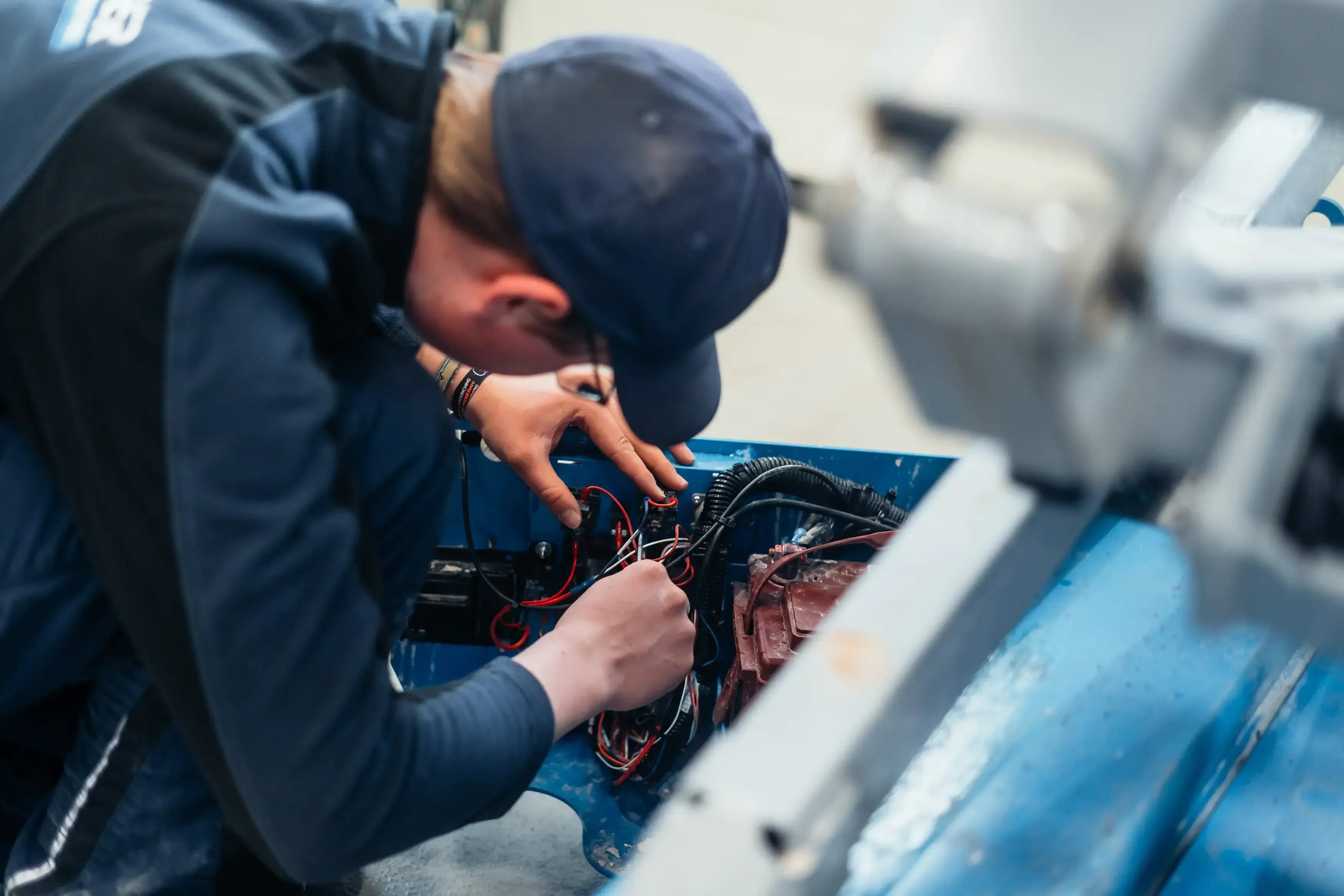
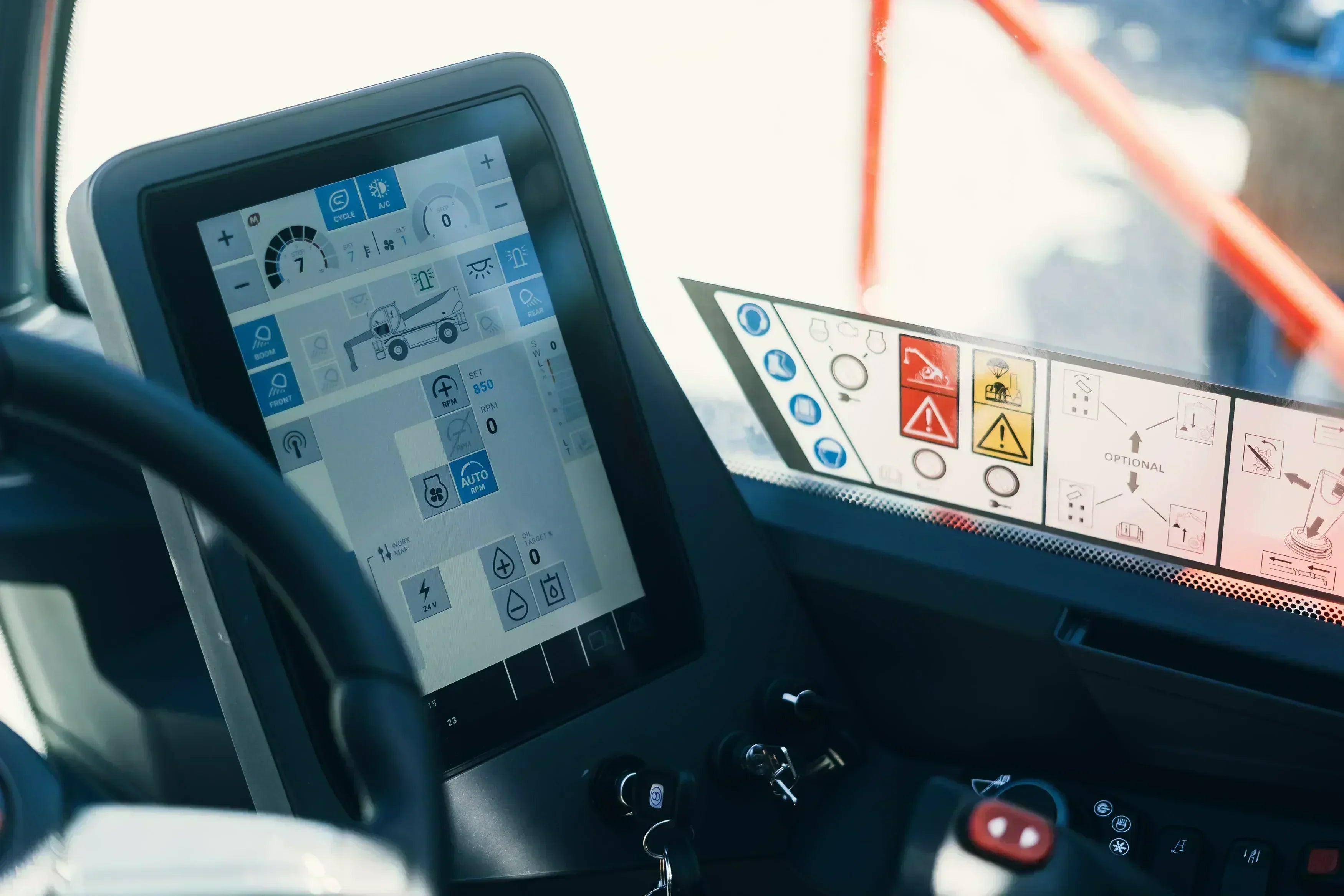
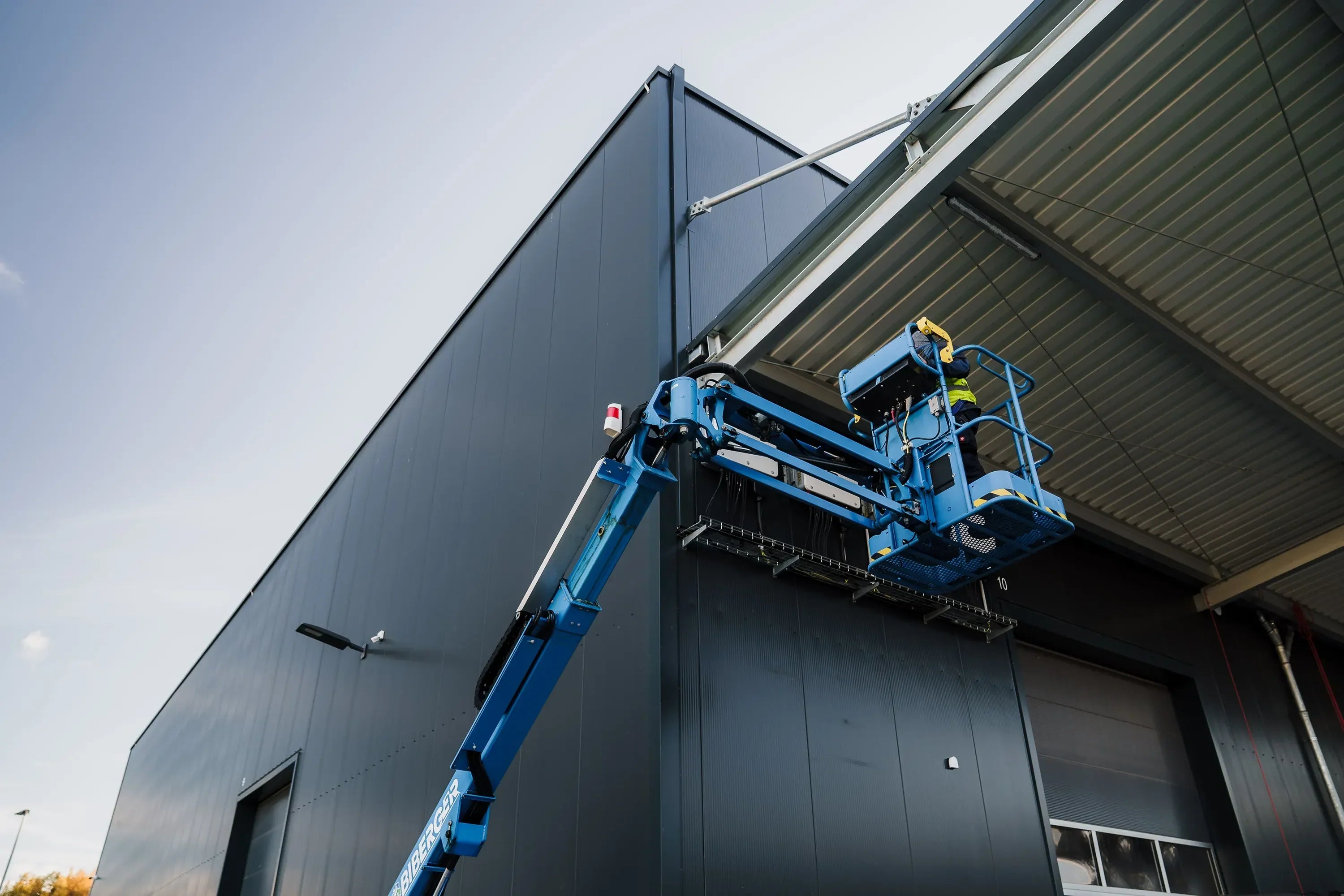








Share:
Everything you need to know about telehandlers – driving license, costs, etc.
Stage V engines: What does the emissions standard mean for the construction industry?
Our editorial quality standards
The subject content on biberger.de are editorially created, reviewed, and continuously updated. The basis is our daily work with aerial platforms, telehandlers, and industrial trucks – in rental, sales, operational planning, and technical support.
Each article draws on real-world experience and is editorially reviewed for clarity, accuracy, and practical relevance according to expert criteria. Technical statements are regularly compared against current industry standards and best practices.
The aim of our publications is to make reliable specialist knowledge accessible and to offer guidance to users, decision-makers and industry partners. BIBERGER sees itself as an independent information platform for safe, economical and modern height access technology – well-founded, comprehensible and free from advertising influence.